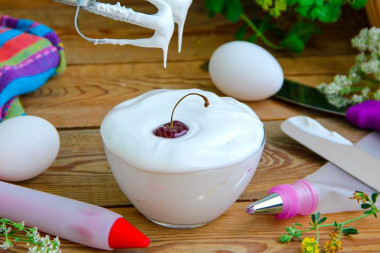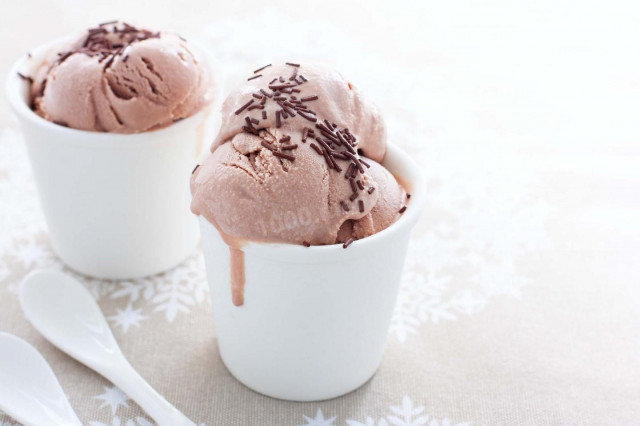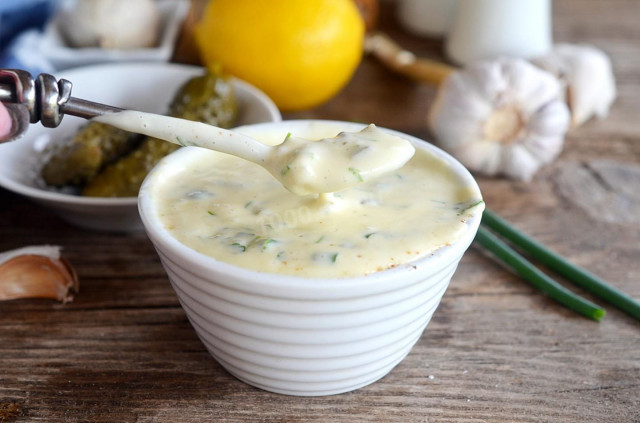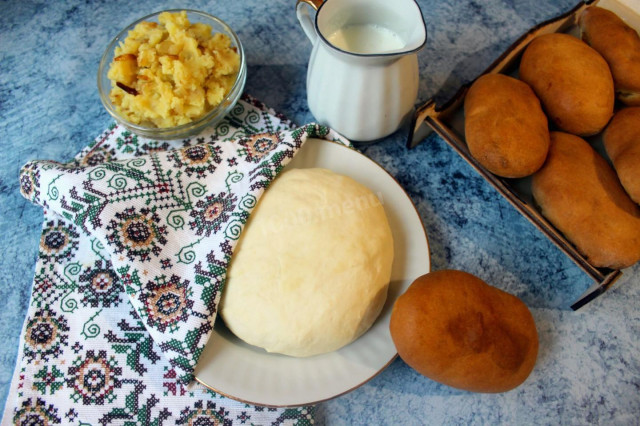Composition / ingredients
Step-by-step cooking
Step 1:

How to make a protein glaze? Prepare the products. Take the eggs from the refrigerator. In a cold egg, the protein will be easier to separate from the yolk. For whipping, medium–fresh eggs are better suited - two or three days ago, such proteins will be easier to beat.
Step 2:
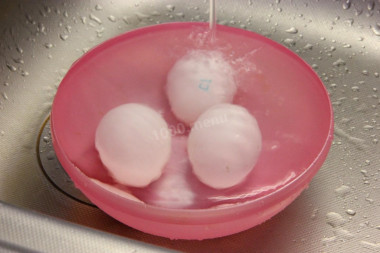
Since the eggs are used raw, they must be washed with soap and wiped dry. Be sure to wash the eggs before use, as even the seemingly clean shell may contain harmful bacteria.
Step 3:

Separate the whites from the yolks, do it very carefully. It is unacceptable for even a drop of yolk to get into the proteins, otherwise they will not climb. The protein container should be clean and dry. If you drop a piece of shell, remove it with the tip of a knife, but not with your hand. The fat from the surface of the fingers will prevent the foam from whipping. "Flagellum" with protein it is also necessary to separate.
Step 4:

Take the powdered sugar finely ground and be sure to sift it through a fine sieve. This will help to avoid the appearance of lumps, and the powder will dissolve easier and faster.
Step 5:

Start whipping the whites at low speed for about 1 minute, until nothing needs to be added. As soon as the mass turns white and foam appears, increase the speed to medium and, without stopping whipping, start adding powdered sugar. Put it on a spoon with a small interval, gradually adding turns to high. Beat the whites to soft peaks.
Step 6:

At the end of whipping, add lemon juice, it stabilizes the glaze and balances the taste. Continue to beat the glaze to firm peaks, but do not overdo it. The whole process takes about 7 minutes.
Step 7:

When the mass becomes dense and it will be easy to keep the shape, the process is completed.
Step 8:
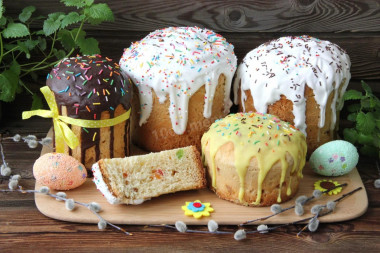
This is how this icing looks on cakes, it is glossy white, with a delicate taste, it freezes gradually. If necessary, it can easily be tinted with food dyes, adding them to the ready-made glaze. It is better to use the glaze immediately after cooking.
It is necessary to say about the whipping bowl:
* It should be high, since the mass will increase by 3-4 times.
* Do not take aluminum, the glaze will turn gray.
* The bowl must be clean, dry and fat-free.
A bowl made of glass, faience, enameled and steel is ideal.
is not very desirable made of plastic, but many stationary mixers are bundled with just such. Then rinse it well, degrease it with a slice of lemon and dry it.
There are different opinions about the temperature of proteins, someone advises whipping only cold ones, others insist on room temperature. Due to circumstances, I checked both options, the result is always positive - they are whipped in both cases.
In order for the protein to beat well, the eggs should be fresh and chilled (from the refrigerator), and the whipping dishes should be dry and clean, without traces of fat. When you separate the whites from the yolks, make sure that not a drop of yolk gets into the protein. For better whipping, you can add a small pinch of salt or a few drops of lemon juice (vinegar) to the proteins. Beat with a mixer at a minimum speed, increasing the speed as you beat.
Choose enameled, ceramic or glass dishes for whipping (in no case aluminum, as the whites will turn gray!).
When whipping with a mixer, make sure that the entire volume of proteins is involved in the whipping process (the mixer must reach the bottom of the dishes), otherwise it may happen that the proteins remain liquid at the bottom.
How do I know if an egg is fresh? Break it into a separate container. First of all, there should be no unpleasant smell. The protein of fresh eggs will be transparent and clean. The yolk should not spread and will be shiny, convex, homogeneous.
Caloric content of the products possible in the composition of the dish
- Lemon juice - 16 kcal/100g
- Powdered sugar - 374 kcal/100g
- Egg whites - 44 kcal/100g


